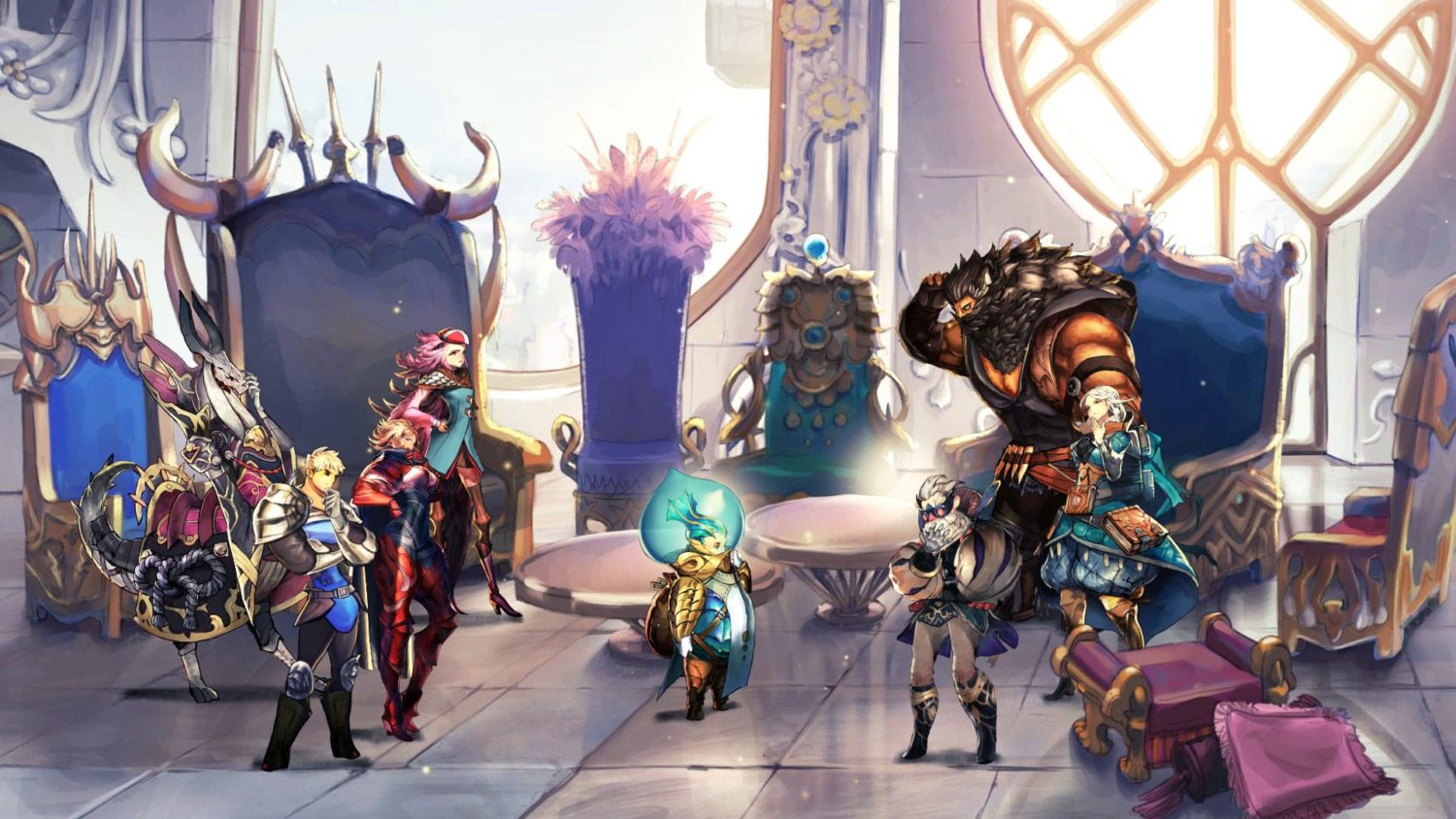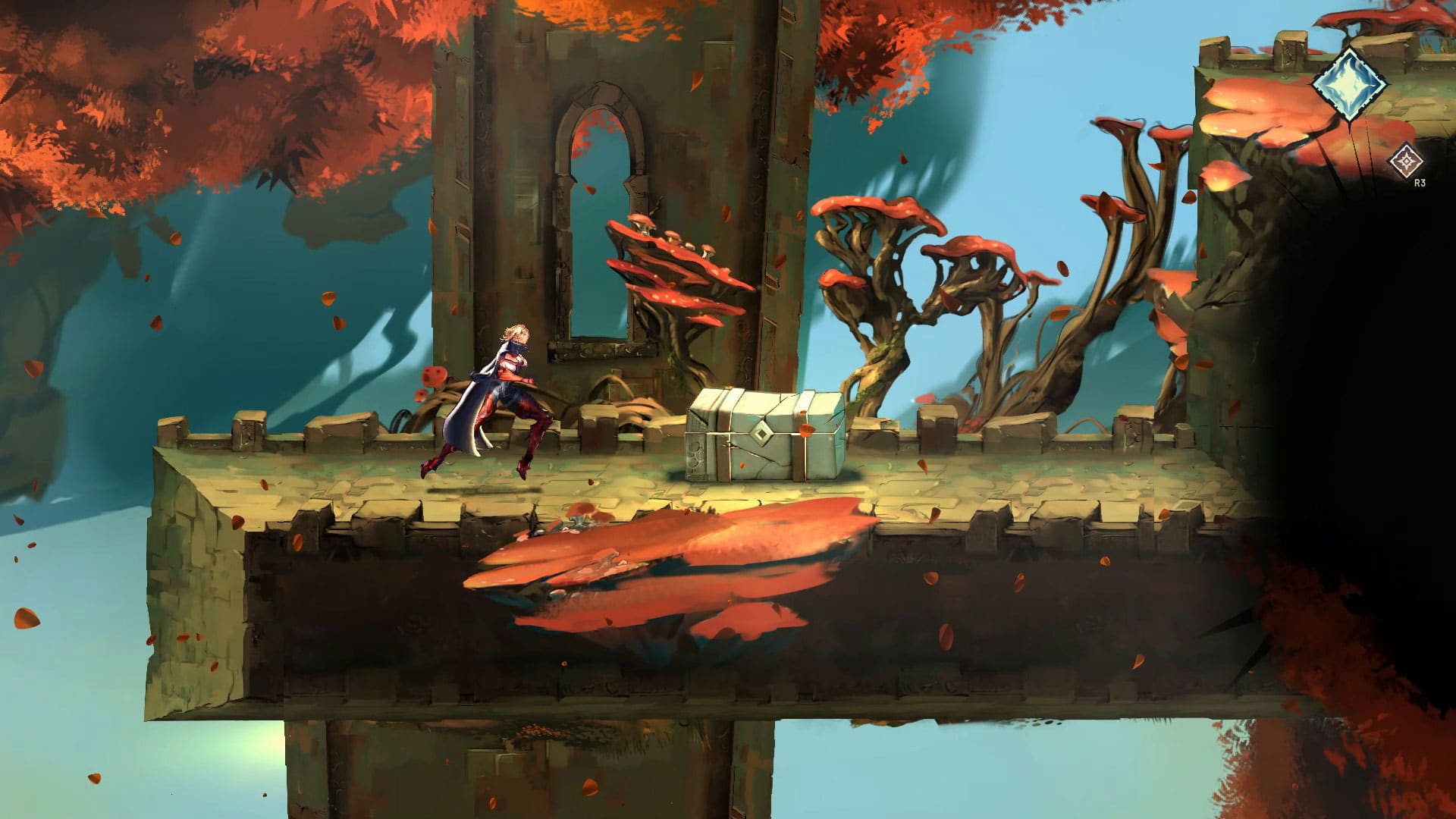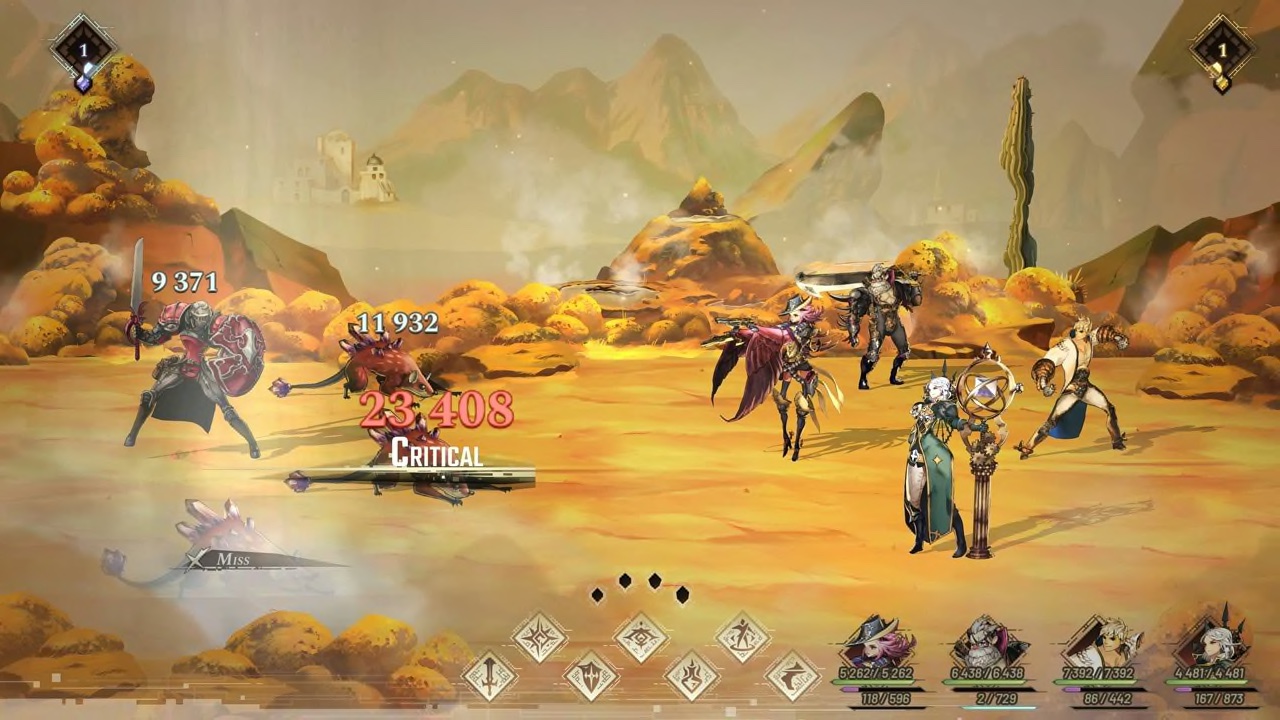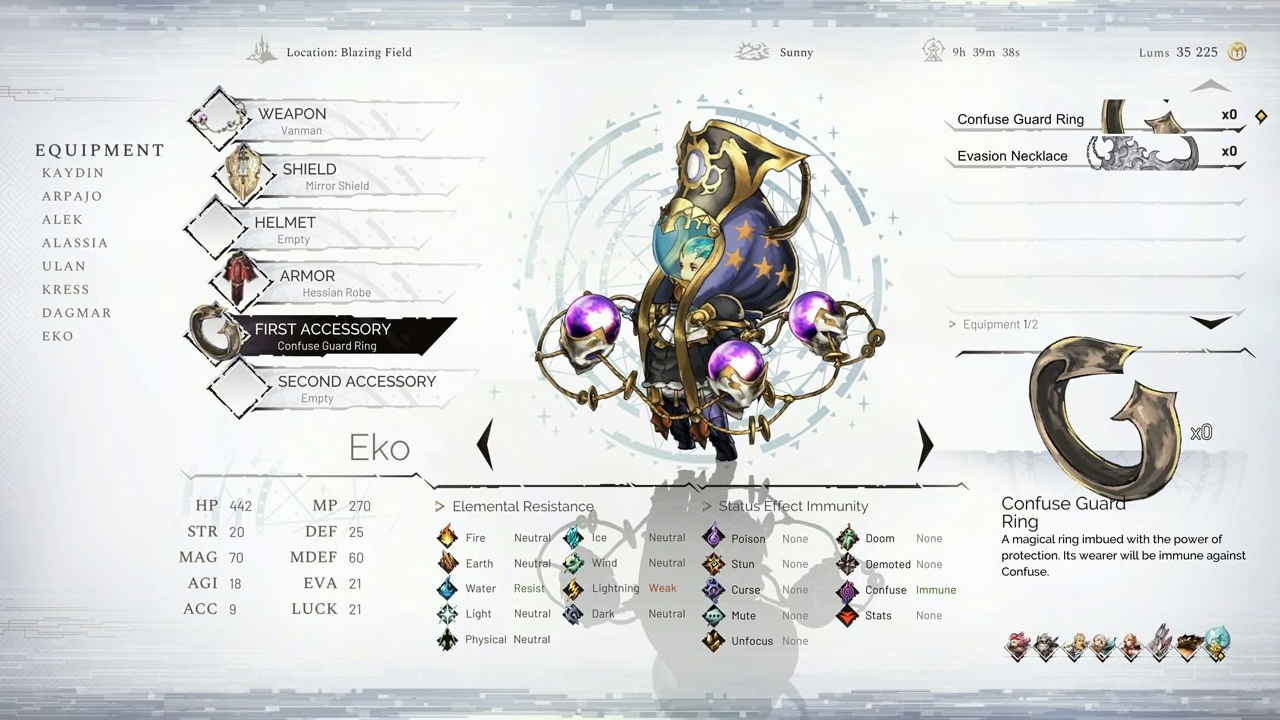A second (and better) odyssey to Orcanon.
It’s not often that video game failures get a new lease on life, but that’s exactly what’s happened with Astria Ascending. Originally released as Zodiac: Orcanon Odyssey for iOS in late 2015, the turn-based JRPG failed to live up to its Tokyo Game Show and E3 hype, and quickly faded away.
I remember this because I bought into that hype. My E3 2015 hands-on demo was great, and I picked it as one of my favorites of the show. I’d link to that article, but like Zodiac, the site has disappeared into the ether; the game’s no longer available in the App Store. Maybe that’s for the best, because we can now view Astria Ascending as its own entity. And in that regard, it’s pretty solid.
The game’s story centers around eight demigods who are charged with maintaining harmony in the land of Orcanon. Each race has its demigod, and that would be a pretty good gig if they didn’t die and get replaced every three years. We join the story with about 30 days to go in that cycle. Their pending end, of course, plays into the narrative and dialogue between the demigods, as does some mistrust, racism, and general haughtiness.
This setup runs counter to the tried-and-true method of JRPG storytelling. We’re used to meeting one or two heroes, with new characters being slowly introduced to the party. Here, you’re given all eight at once. It’s a little jarring, and it takes a bit to figure out how to have them work together. Narratively, however, it’s intriguing. Some characters haven’t gotten along for three years, and we’re just coming in on the tail end of that. What’s their beef? Was there a specific trigger, or are they just racist jerks?
Thankfully the kingdom of Orcanon isn’t dumped on us quite as quickly as the heroes. New areas are opened up bit by bit as the story progresses, and making your way to/through them is one of my main problems. Exploration is handled on a 2D plane, but the openings to a new area (or even a store) aren’t always clearly marked or identified. There are two quick-transport methods to get to places you’ve already visited, but they’re not well integrated. And considering so many of the sidequests require you to travel back and forth between locations, transportation confusion will really start to get on your nerves. It doesn’t help that the sidequest destinations aren’t clearly defined on the map. The whole thing could be a little friendlier in that regard.
It works better within the “dungeons.” These are also laid out on a 2D plane, usually with two or three doors into/out of them. Start on one side, fight your way to the other. Sometimes there’ll be a door in the middle. Sometimes two exits on a side. Exploring them is fun, and a handy map shows how the doors connect as you pass through them. This is important, because there’ll be plenty of backtracking to access areas you couldn’t originally in order to grab loot, fight a special monster, or progress the story.
Of course, there are plenty of turn-based battles along the way. They play out as you’d expect: attack, defend, heal, or buff. You can rack up Force Points to add heft to your attacks, allowing you to exploit an enemy’s weakness. The characters also acquire special beast attacks through the game’s story, and learning when/how to use them can greatly ease the process.
Each character comes with a skill tree to work through, and unlockable jobs open up additional trees (and outfits). It’s up to you to assign buffs and skills, and balancing between these jobs/trees will take some heavy thought. Depending on how you assign experience, some of your characters could be completely useless in certain battles. Astria Ascending really will force you to use everyone. You’ll want to pay close attention to the paths in the skill trees to make sure you’re working towards the abilities you really want or /need.
For example, at the start of the game, you have no way to identify an enemy’s weakness. Even after defeating it once, it’s up to you to simply remember what worked. There’s a setting that turns enemy analysis on from the start, and I was surprised it wasn’t on by default until I noticed it’s a character ability that has to be unlocked. (Three years as a demigod, and she hadn’t yet learned how to exploit weaknesses?)
Enemies can be seen in the dungeons and can therefore be skipped (again, an ability you must acquire), but you’ll want to fight so you can level up as much as possible. The bosses are pretty tough, and the game’s not great at getting you ready for them. I met an early boss with a devastating electrical attack that wiped me out. OK, so I just needed to better prepare my characters, right? Well, no. Going back for some equipment that nulled electrical attacks, I could find only one item. OK, who gets it? Combat is never frustratingly difficult, but there are times where it felt I was progressing more on luck than on my ability to optimize my party with the tools available.
In addition to the core battle mechanics, Astria Ascending includes some cleverly placed mini-games. The central diversion is a card (token?) battler called J Ster. I’m really tired of the trend of forcing TCGs into my JRPGs, so I ignored it throughout. If you’re up for it, however, there are many characters you can challenge for whatever it is the game may give you for winning. More tokens, maybe?
I’m also torn on the game’s graphics. They’re richly colored and illustrated, and they look great from a distance. When the action zooms in, however, they become pixelated and blurry. A little more definition would’ve been nice. It comes across OK in handheld mode, but the UI isn’t really optimized for the small screen.
These minor gripes aren’t far removed from what I’ve experienced with higher profile JRPGs. Neither is the playtime. Seek out and complete all of the side quests, and you’re looking at well over 50 hours before you’ll see the closing credits. The game may not be compelling enough to warrant a straight play-through, but it’s one you’ll keep coming back to over time…something I didn’t do with Zodiac: Orcanon Odyssey.
Review: Astria Ascending (Nintendo Switch)
Good
Astria Ascending checks off the proper JRPG boxes while adding enough unique twists to satisfy fans of the genre. It won’t sit at the top of your “must complete” list, but it’ll serve you well when you need a break from higher profile releases.






